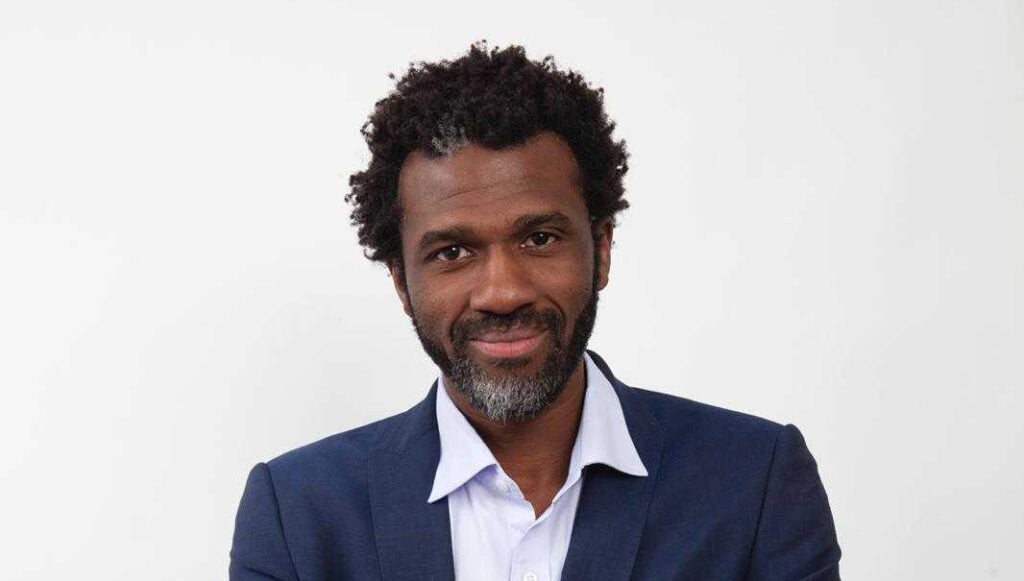
Making predictions about where the cryptocurrency industry is heading in 2022 is not for the faint of heart. The last 12 months have seen enough twists and turns in the world of cryptocoins to discourage anyone but the most confident and knowledgeable forecasters.
2021 has seen the value of bitcoin enjoy a roller-coaster ride, the rise of non-fungible tokens (NFTs) and wild fluctuations across lesser-known cryptocurrencies like Dogecoin and Floki. And then we haven’t even mentioned Diem, Facebook’s rebranded cryptocurrency Libra, still yet to launch.
The year has also seen tightening restrictions on cryptocurrency in countries like the US and outright bans in China. Unsurprisingly, several of the experts Verdict has spoken with suggest, among their other predictions, that more cryptocurrency crackdowns are inbound in 2022.
Cryptocurrency today is a massive and eventful area of activity: but it’s just 14 years since reclusive bitcoin founder Satoshi Nakamoto penned his infamous white paper and kickstarted the entire industry in 2008.
“It is easy to forget that blockchain has not been around for long due to the massive hype surrounding it,” GlobalData analysts write in a recent thematic research report. “It was not until 2017 that blockchain properly captured the attention of enterprises. Since then, much has happened. Lackluster and short-lived experiments, announced with great fanfare, have given way to use cases focused on addressing actual problems rather than just showcasing the technology itself.”
So making predictions about the cryptocurrency industry is hard. Even so, we found some cryptocurrency experts willing to peer into their crystal balls and offer their insights about the future of bitcoin, ether and other digital monies.
How well do you really know your competitors?
Access the most comprehensive Company Profiles on the market, powered by GlobalData. Save hours of research. Gain competitive edge.

Thank you!
Your download email will arrive shortly
Not ready to buy yet? Download a free sample
We are confident about the unique quality of our Company Profiles. However, we want you to make the most beneficial decision for your business, so we offer a free sample that you can download by submitting the below form
By GlobalDataRead on to find out what their cryptocurrency predictions are.
Sendi Young, managing director Europe, Ripple
I expect to see a rise in the number of digital asset firms as regulation around the industry continues to increase and mature. Regulation plays a critical role in calming the hype around emerging technologies and enables them to showcase their real-world utility. In the case of crypto, this increased regulation will not only normalise its use in financial services, helping to transform liquidity in cross-border payments, but will also engender stronger investor trust as a result.
As we move into 2022, frameworks such as the EU’s Markets in Crypto Assets (MiCA) framework will be critical to enabling the harmonisation of crypto regulations across Europe and will give digital assets every chance of breaking into the mainstream. Even if the framework does not become applicable until 2023/2024, 2022 will be an important year as the framework gets finalised. It’s exciting to see these discussions progressing at pace and taken seriously.
A core aspect of crypto’s drive towards becoming more sustainable is limiting its energy consumption, particularly in the mining process. That’s why action groups such as the Crypto Climate Accord are so important in driving change in the industry to decarbonise its blockchains and set new standards for a more sustainable future. With this, we can consolidate around clean, renewable energy in 2022 and ensure solutions are highly efficient and planet friendly by design.
Make no mistake, while the US and APAC regions are continuing to see strong crypto traction, some of the European countries and the UK are picking up momentum and becoming more competitive to take their place as leading crypto hubs on the global stage. Europe now supersedes East Asia as the world’s largest market for DeFi adoption, with over $1tn worth of crypto being received in Europe this year. This momentum, combined with the regulatory clarity that will be offered by MiCA and continued investment, will see Europe and the UK strengthen their claim to be the world’s crypto centre in 2022.
Financial institutions have become more open to emerging technologies and are beginning to incorporate cryptocurrency into their service portfolios, as found by Goldman Sachs, Visa and Monzo. As such, in 2022, I anticipate a rise in partnerships between traditional financial service providers and crypto firms with the aim of enabling the successful implementation of crypto-enabled services. Ripple, with the launch of its Liquidity Hub, is in a strong position to support organisations on their digital transformation journeys and integrate blockchain and digital assets into their business models.
 Ivan Zhiznevskiy, CEO at 3S Money
Ivan Zhiznevskiy, CEO at 3S Money
Cryptocurrencies are trendy at the minute. With the market now worth over $3tn, it’s clear the phrase is no longer just a buzzword. But the moment of truth is coming in the crypto space, compliance-wise. Despite crypto enthusiasts disapproving of heavy regulation, at the end of the day consumers need to be protected. And there is a lack of general understanding on their end. To avoid any unsophisticated investors being ripped off we can expect more protection to come for consumers around crypto in 2022.
 Achille Traore, CEO, White Label Loyalty
Achille Traore, CEO, White Label Loyalty
After two years of flux and disruption, brands are going to look for new and innovative ways to connect with people and attract a new type of customer. This means we’re going to see cryptocurrency break its way into innovative rewards programs until such time it is able to be used for straight-up transactions.
It’s something that has begun to happen already – only last month Burger King announced it is rewarding members of its Royal Perks loyalty program with the chance to win cryptocurrency.
This is only going to become more common because millennial and Gen Z consumers – those literate in the emerging uses of technology – are demanding something different, more engaging and better value than what has gone before.
Mel Tsiaprazis, chief commercial officer, Bitstamp
A trend for the global cryptocurrency market we can definitely expect to continue in the coming year is a growing focus on regulation, with governments and financial regulators around the world beginning to show their hand. At Bitstamp, we welcome increased regulation of the cryptocurrency market. As the market continues to mature and becoming increasingly mainstream, it’s vital that robust regulations are in place to support continued and reasonable growth and to protect consumers. Regulation and education for consumers is at the heart of our ethos.
It’s also clear we are moving in the direction of central bank digital currencies, with major economies exploring their adoption – for example, there are live projects in the Bahamas and Cambodia, and China has begun trialling a digital yuan in several cities, reportedly with hopes to expand nationally ahead of the 2022 Beijing Olympics.
In the UK, the Bank of England will launch a consultation to assess a UK CBDC, the so-called ‘Britcoin’. While it’s still too early to capture uptake on CBDC usage, 2022 should produce further interesting insights. We’re comfortable with the idea of central bank digital currencies and cryptocurrencies co-existing, which could help bring stability and credibility to the wider crypto market.
At Bitstamp our aim and wish for 2022 is to see a continued trend of traditional banks and financial services moving towards acceptance of crypto. With more banks offering cryptocurrency services, and increasing numbers of institutional investors using our platform, we remain confident going into next year that the reputation of crypto is changing from existing in a risky and murky world to being a vital portion of every serious investor’s portfolio.
Garient Evans, SVP, Identity Solutions, Trulioo
Many banks still view crypto exchanges like the “wild west”, a stark difference from the financial institutions and banks that are using identity verification technology that employs artificial intelligence, machine learning and large data sets to manage increasingly strict regulations. Cryptocurrency will continue to grow and we’ll begin to see more sophistication across the crypto space in terms of how these companies can interact with legacy financial institutions – interoperability will be key as crypto orgs need to increasingly operate in these highly regulated industries seamlessly. Effective digital identity verification will be paramount as these new companies continue to carve their own path. As the Treasury Department and OFAC enforce sanctions designed to curb illicit use, proper digital identity verification ensures cryptocurrency organizations have a method to protect against bad actors and comply with the regulations that govern all financial institutions today.








